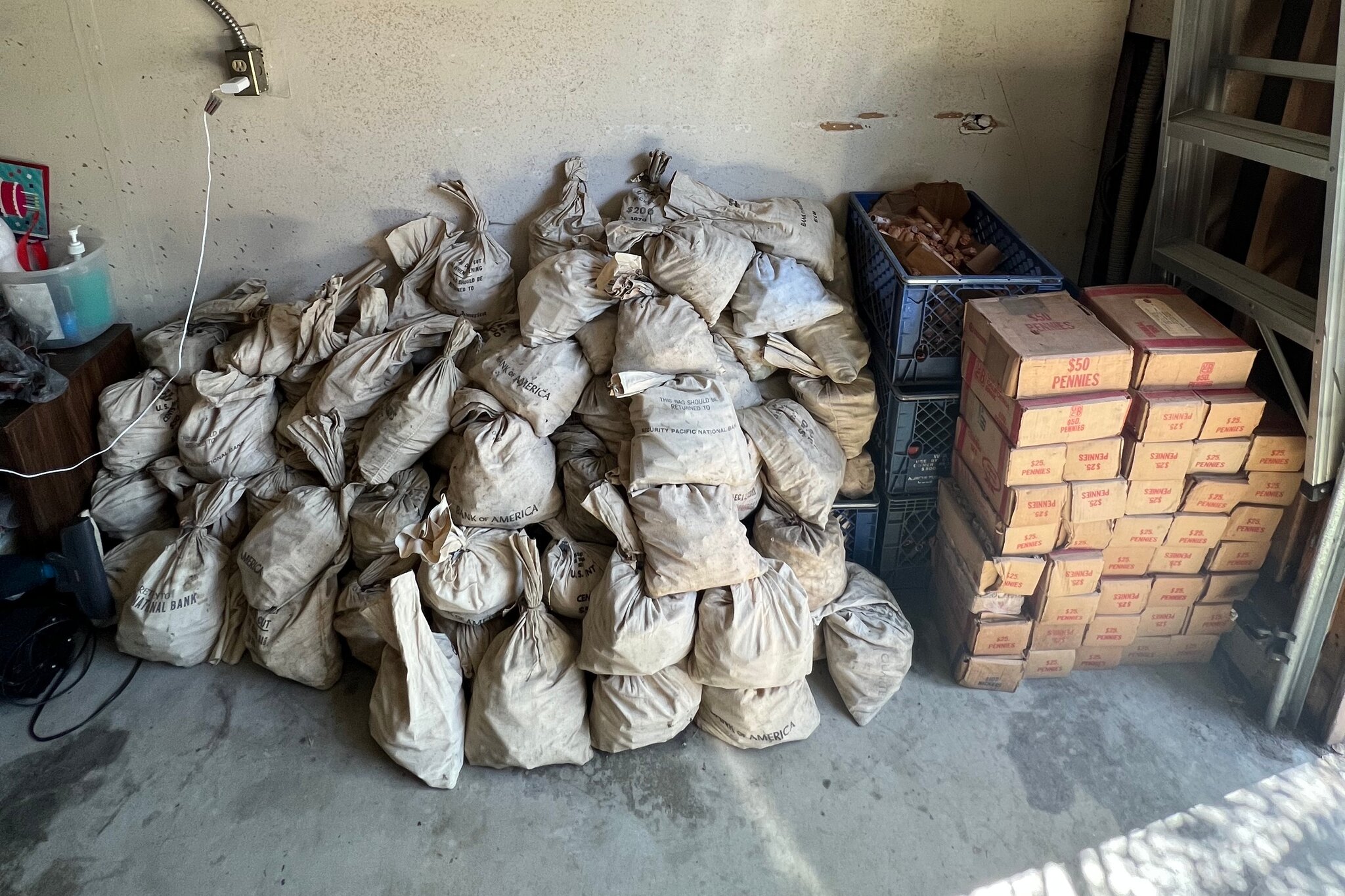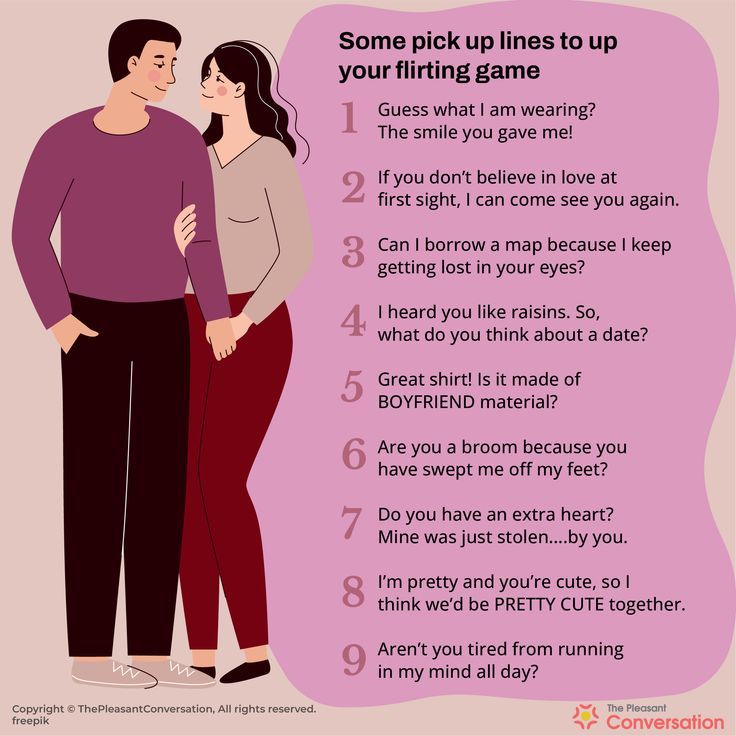Introduction:
Creating an artist statement can be one of the most challenging parts of presenting your artwork to the world. It’s your chance to explain the meaning, process, and inspiration behind your pieces in a way that resonates with viewers, galleries, or collectors. In this article, we’ll explore various artist statement examples and provide tips to help you craft a statement that reflects your unique artistic journey.
What is an Artist Statement?
An artist statement is a short written description of your work. It explains the ideas, concepts, and emotions that inspire your art, providing context artist statement examples for the viewer. It’s an essential part of an artist’s portfolio and is often required when submitting artwork to galleries, exhibitions, and grant applications.
Why Do You Need an Artist Statement?
The artist statement is your opportunity to connect with your audience on a deeper level. While the artwork itself speaks volumes, a well-crafted artist statement examples helps viewers understand your creative process and the messages you wish to convey. It’s also a professional tool that can give your work context, making it more approachable to potential buyers or curators.
Key Components of an Artist Statement
When writing your artist statement, consider including the following essential elements:
- Introduction to Your Art – Briefly introduce the main artist statement examples themes or subjects of your work.
- Your Creative Process – Discuss your materials, techniques, and the journey of creating your pieces.
- Your Artistic Inspiration – Share what motivates you and influences your artwork.
- The Message or Theme – What do you want your audience to take away from your work?
- Personal Touch – Add something unique about yourself to make the statement more personal.
Artist Statement Examples: Getting Inspired
To help you get started, we’ve put together some artist statement examples for different types of art. These examples will provide a clear idea of how to write a statement that feels authentic to your practice.
Example 1: Abstract Artist
“My work explores the intersection between color and emotion. Using mixed media, I create abstract compositions that evoke a sense of movement and depth. The layering of textures is integral to my process, reflecting the complexities of human experiences and emotions. Through my art, I seek to express the unspoken, using shapes and hues to communicate what words cannot. Each piece is a journey towards self-discovery, and I invite viewers to interpret the work in their own way.”
Example 2: Landscape Painter
“My paintings are a reflection of my love for nature and the peace I find in the outdoors. I aim to capture the beauty of natural landscapes through vibrant colors and expressive brushstrokes. Each scene I paint tells a story of a place that has left a lasting impact on me, and I hope to convey a sense of tranquility and awe to the viewer. I use oil paints for their richness and depth, allowing the colors to interact with the light and atmosphere, creating an immersive experience for anyone who encounters my work.”
Example 3: Sculpture Artist
“In my sculptures, I explore the relationship between form and function. I use reclaimed materials to create pieces that challenge the traditional notions of sculpture as static objects. My work is deeply influenced by the concept of sustainability, and I seek to bring new life to discarded materials, transforming them into art that serves both an aesthetic and environmental purpose. The textures and shapes in my sculptures are intended to provoke thought about how we view the objects and resources in our everyday lives.”
Tips for Writing Your Own Artist Statement
Now that we’ve explored some artist statement examples, here are some tips to help you write your own:
- Be Authentic – Your artist statement should reflect your true voice. Write in a way that feels natural to you and represents your artistic identity.
- Keep It Concise – While it’s important to provide context, keep your statement to the point. Aim for around 200-300 words.
- Avoid Jargon – Use clear, simple language. Your goal is for anyone, whether they’re familiar with art or not, to understand your message.
- Focus on the Emotional Connection – Make sure your statement conveys the emotions and stories behind your work. It’s not just about the materials or techniques you use—it’s about why you create.
- Update Regularly – As your artistic practice evolves, so should your statement. Don’t be afraid to revise it to reflect new themes, techniques, or experiences.
Common Mistakes to Avoid in Your Artist Statement
When crafting your artist statement, here are a few common mistakes to avoid:
- Being Too Vague – A statement that’s too broad or generic won’t provide meaningful insight into your work.
- Overloading with Technical Details – While your technique is important, too much technical jargon can alienate readers who aren’t familiar with your medium.
- Writing Like an Academic Paper – Your artist statement should feel personal and engaging, not like an academic essay.
- Using Clichés – Phrases like “art is my passion” or “I paint what I feel” are overused and don’t provide much insight into your unique approach.
How Long Should an Artist Statement Be?
The length of your artist statement should typically range from 150 to 300 words. This length allows you to provide enough context without overwhelming the reader. However, if you are applying for a specific exhibition or project, be sure to follow any word count guidelines they provide.
FAQ: Artist Statement Examples
Q: Can I use an artist statement example as my own?
A: While it’s fine to use artist statement examples for inspiration, your statement should be personal and unique to your own artistic journey. Avoid copying artist statement examples verbatim from other sources.
Q: How do I make my artist statement stand out?
A: Be authentic and focus on what makes your artwork and process unique. Use vivid language that helps viewers connect emotionally with your work.
Q: Should I talk about my life story in my artist statement?
A: You can briefly reference personal experiences artist statement examples that influence your work, but keep the focus on the art itself rather than writing an autobiography.
Q: Do I need a different artist statement for each piece?
A: If you are submitting multiple works for a show or gallery, you may need to tailor your statement to reflect the themes of each specific piece. However, most of the time, one general artist statement suffices.
Q: Can I include a mission statement in my artist statement?
A: Yes, if your mission as an artist is central to your work, it’s perfectly appropriate to include a short mission statement in your artist statement. It helps give your art purpose and direction.
Conclusion:
Writing a compelling artist statement is an important step in establishing your artistic identity. By using artist statement examples as inspiration, you can find the right words to articulate your vision and help others connect with your work. Remember to be authentic, concise, and passionate in your writing. The right artist statement not only provides context but also serves as a bridge between you and your audience, allowing them to see your art in a whole new light.











Leave a Reply